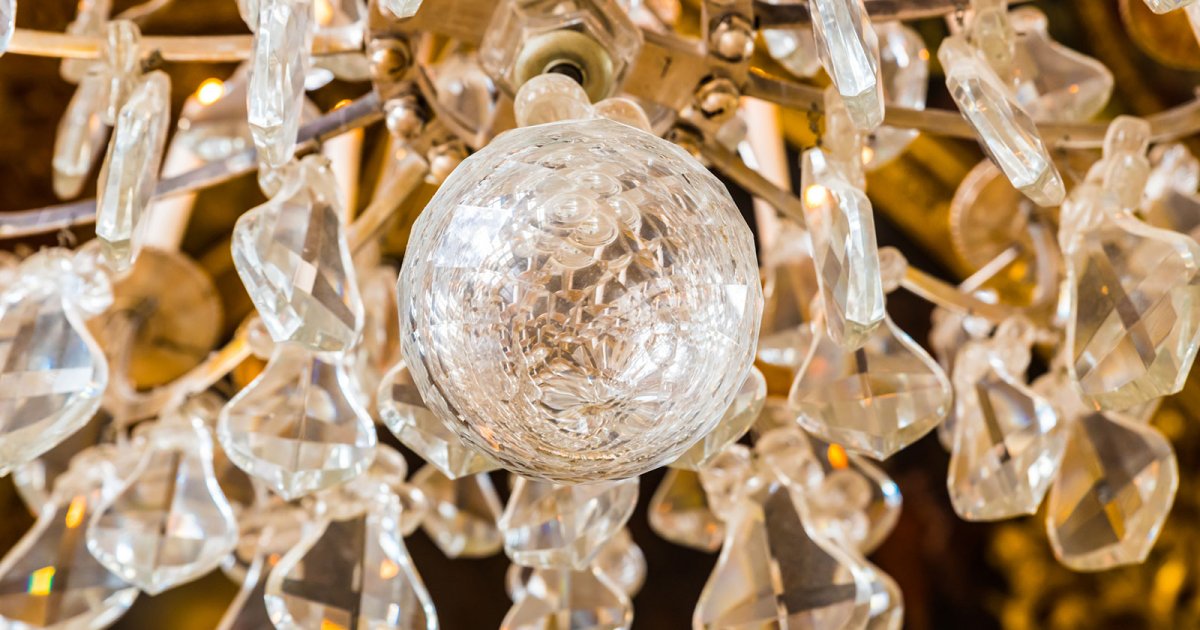VERSAILLES, Hall Of Mirrors
 Language: English / USA
Language: English / USA
The project that was most dear to Louis XIV was a great hall for official receptions that would impress ambassadors and important guests: it is the Galerie des Glaces, or The Hall of Mirrors where you now stand. The gallery occupies the entire west façade of the palace (the back façade overlooking the gardens) for a length of 73 meters, and separates the king's apartments from the queen's.
This gallery is certainly the palace's most spectacular setting. It immediately makes you understand Louis XIV's extraordinary theatrical sense, who knew how to transform every act, from the most intimate to the most formal, into a ceremony that would impress his courtiers, visitors, and subjects. During State visits, the presentation of the guests to the King was a complicated ceremony with a series of bows and reverences that stretched across the entire length of the huge hall. Its decoration was entrusted to the painter Charles Le Brun, the director of the Academy of Fine Arts that was considered the "prince" of the late 17th-century French artists.
Frescoes, stuccoes, and gilding blend in with the bright architecture, and are then multiplied by the reflections in the mirrors, which all serves to celebrate and glorify the king. Even the light coming in from the large windows and shining on the mirrors hints to the connection between Louis XIV and the mythical sun god of ancient times, Apollo.
At the ends of the Hall of Mirrors you'll find, with obvious symbolic meanings, the War Hall and the Peace Hall. In the first, France's military victories over the neighboring countries are celebrated (Spain, Germany, Holland), while the latter was redecorated in the mid-18th century during the reign of Louis XV.
The itinerary inside the palace usually ends with the rooms of the King's apartment and their exquisitely elegant furnishings.
FUN FACT: the Palace of Versailles was built entirely following the traditional, ancient architectural orders that can be seen in its sections and Renaissance and Baroque buildings. But if you look at the capitals of the columns in the Hall of Mirrors, you'll note that they are very particular: the rooster, the ancient symbol of Gaul, the lily representing the French crown, and the sun, obviously referring to Louis XIV, are all interwoven. This is a new order, called "French".



